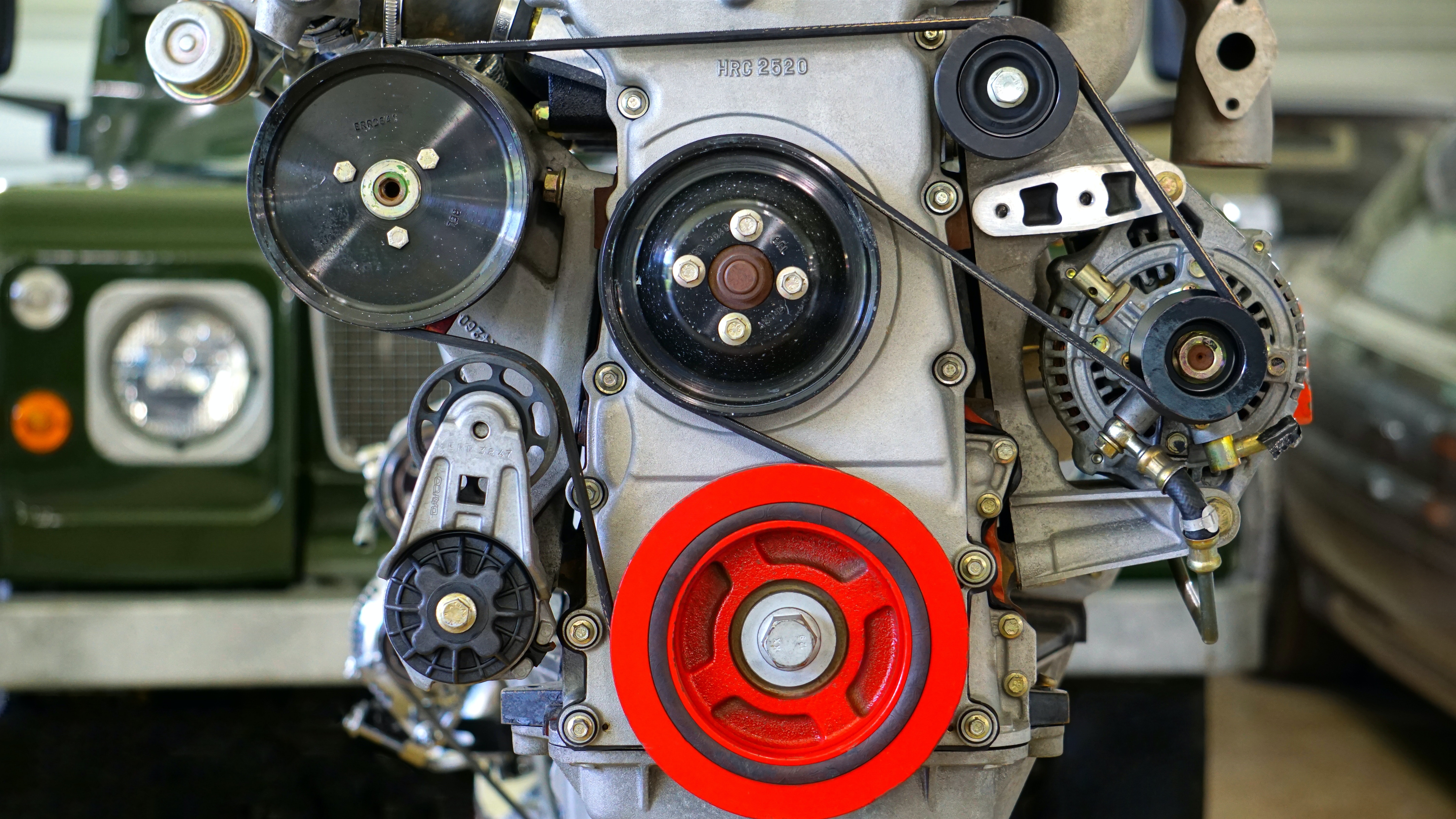

Did you know that without a simple piece of rubber connected to your engine, your vehicle would not operate? In fact, without this piece of rubber your engine could suffer serious damage. This simple yet important component of your vehicle’s engine is called the timing belt. In this blog post, we will talk about how the timing belt makes your vehicle run and why timing belt replacement is so important.
So, what is the timing belt?
The timing belt is a wide strip of reinforced synthetic material that has notches, or teeth, along the inside of the band. The belt wraps around components of your vehicle’s engine and as it moves, it is responsible for the synchronized opening and closing of your engine’s valves and pistons. Hence, that’s how the timing belt gets its name for the precise movement that it supports within your internal combustion engine.
How is a timing belt maintained?
The timing belt is subjected to adverse conditions of motion, heat, and exposure to dirt and oil substances. These conditions result in wear and tear of the timing belt over time. Unfortunately, the timing belt is situated inside your engine so it is not a component that can be maintained on a regular basis. Therefore, auto manufacturers provide guidelines on when a timing belt should be replaced.
Most auto manufacturers recommend that the timing belt be replaced between 60,000 and 100,000 miles driven. Timing belt lifespan can vary by make or model of vehicle, so make sure to review your owner’s manual for specific information pertaining to your vehicle.
What may indicate a bad timing belt?
Since the timing belt is subjected to extreme conditions, it eventually wears down to the point where it breaks. Once a timing belt breaks, your vehicle’s engine can suffer serious consequences, resulting in significant costs to repair or replace engine parts. The timing belt is located inside the engine, and cannot be viewed easily by the Car Kings service professionals without significant time and labor. There are a few symptoms that you may experience that could indicate the belt is worn or close to failure.
Worn vs. Broken Timing Belts
| Worn Timing Belt | Broken Timing Belt |
|---|---|
| A timing belt that is worn may develop a ticking sound during operation that you hear coming from under the hood. | If the timing belt has broken, your vehicle will not turn over at ignition. Depending on when the belt broke, there may be other damage to your engine and its parts. |
| If the engine misfires, this may be the result of a worn timing belt that is slipping and interrupting the proper synchronization of the valves opening and closing. | What to do: Have your vehicle checked by a service professional to confirm a timing belt issue and determine the extent of additional damage to your vehicle’s engine. |
| What to do: If you notice these symptoms, have your vehicle checked by a service professional as soon as possible to avoid further damage to your engine. |
If you have concerns about your vehicle’s timing belt, don’t hesitate to take action. Have it checked by one of the certified auto technicians at Car Kings in Wallington, NJ, to rule out any wear and tear or the possibility of breakage. The more proactive you are in addressing timing belt issues, the less likely you will have to spend a fortune in engine repairs.
When it comes to the timing belt – it’s all about timing! Make sure you have the timing belt replaced before you have problems. Click here to schedule an appointment for timing belt replacement in the Wallington, New Jersey area.
